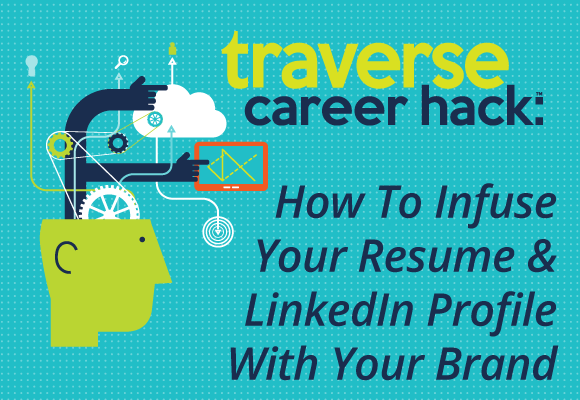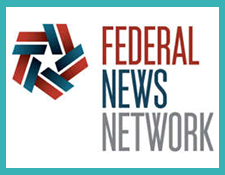
Whether you know it or not, YOU are a brand, and your brand is out there. It is found in what you have written and shared about yourself, from your resume, to your LinkedIn profile, to what you post on your social media platforms.
Learning how to build and communicate your brand allows you to drive your career with greater confidence and enjoy greater professional and personal success.
If you are having trouble shaping your brand and getting clear on how others are receiving it, asking people for help is a great way to start.
Instead of: Treating your resume and LinkedIn profile like a career laundry list....
Try: Infusing both with your personal brand and asking other people for input.
- Look at your resume and LinkedIn profile with fresh eyes. Take 10 minutes to read your resume and LinkedIn profile. How confident are you about these go-to marketing materials? Do they really sound like you and reflect who you are professionally? However you feel (e.g. deflated, assured, or wondering just who IS this person??) know that it is tough writing about your unique set of skills and experiences, especially if it’s been years since you have revisited your resume. Reading what you wrote about yourself – however long ago – is not an easy task but is essential to understanding what your resume and LinkedIn profile are saying about your brand, and what action you need to take.
- Determine what stood out. What jumped out to you after you read these through? For example, your resume might need updating since your current position isn’t listed, or you noticed that you are using more cliché buzzwords than keywords to accurately portray your skills. Or, maybe your resume is missing key accomplishments. Your LinkedIn profile might be incomplete, or, you have concluded you need to figure out how to write a winning headline. You now have assessed both how you feel about your portrayal of your career history and what needs work.
- Collect information on how others see you. This step is NOT about asking: “Can you critique my resume and LinkedIn profile?” This can result in the gathering of large amounts of information from varying viewpoints, and potentially make things even more confusing.
Instead, do this: Identify three people you trust and ask this question: “What do you take away when you read my resume and my LinkedIn profile?” Let these trusted individuals provide feedback based on this open-ended question. Take notes as you listen, and determine if it’s mismatching or is in line with what you have assessed about your brand. Gathering other people’s feedback about your LinkedIn profile and resume is great intel, since it arms us with words we can use to better describe ourselves, and others might remember something you accomplished or a skill you have that you have omitted that you can now include.
- Take action. Now is the time for action. For example, you might ask one of these same people to write a recommendation for your LinkedIn profile. You might have more words that accurately represent your brand since you have taken notes from listening to what trusted individuals have shared about you. For example, instead of using words like “hardworking” or “dedicated” or “experienced” you might now be armed with new words that are a much better fit – and represent your brand – like “proficient” or “resourceful” or “entrepreneurial.” You might have been reminded of an accomplishment that is not on your resume.
Your resume and LinkedIn profile are always a work in progress – as is your brand. Whether you are job hunting or happy working for your wonderful employer, it’s always important to understand how you are representing yourself. Getting clear on how others are receiving your brand by asking for help is a great tactic to ensuring your go-to marketing materials sound like you.

